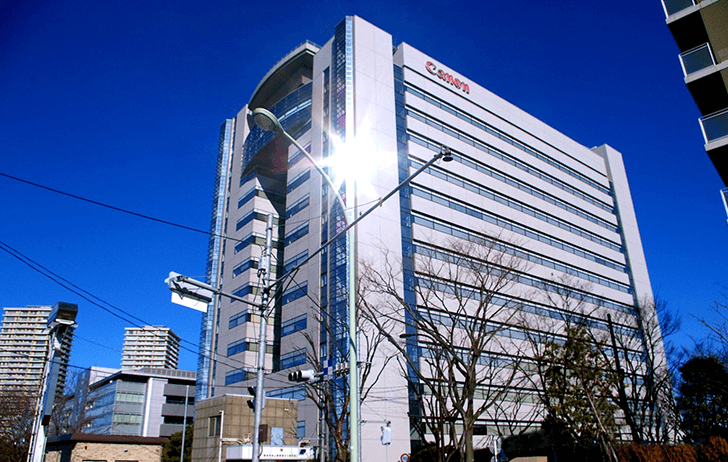A new PDF list of increased lens prices has been loaded onto the Canon Japan website, but has not yet been publicly linked. Digicame-info.com reported on the find, attributed to a forum post it believes to be “the usual person,” a reference it previously used for the author of the now-defunct Nokishita leak feed.
The prices show increases of about 10 percent across the RF lens range, if this list were to become official Canon pricing. It should be noted that the Japanese Yen has fallen about 7 percent over the past year versus the dollar, so this pricing could be in part an “evening up” of prices being charged elsewhere.
Some of our articles may include affiliate links. If you purchase through these links, we may earn an affiliate commission at no extra cost to you.


Thanks for sharing @[email protected]
Food (25 percent of total weight)
Housing (21 percent).
Transportation and communications accounts for 14 percent;
Culture and recreation for 11.5 percent;
Fuel, light and water charges for 7 percent;
Medical care for 4.3 percent;
Clothes and footwear for 4 percent.
What we really need to look at is wage rate increases. Major Japanese companies and labour unions agreed on wage hikes of 2.18% in 2019, 2% in 2020 and 1.86% in 2021. Kishida san is urging companies to raise rates to be 3% or more in 2022 to "restart new capitalism".
I think that you need to align what the labour vs component pricing would be within cameras and lenses. Lenses (particularly big glass) would have more labour cost but local Japanese assembly cost would be relatively small vs component cost. Shipping costs have gone up for sure but as a %?
SW costs is all labour and clearly that is an increasing % of the total cost but we don't know whether Canon are using local or external labour (eg India etc) for it. Wage rate increases may be low in Japan but higher elsewhere.
SG&A admin costs will be in Yen but sales/marketing costs will be spread around the world
:p
A 600 for $13000 is going to look pretty good when they’re $15000 in six months. Mark my words.
it’s not just exchange rates, it’s global inflation. Is you have cash and want something, but it all now.
There is precedence for that.
When the EF 800 f/5.6 IS and EF 400 f/2.8 IS were introduced the EF 800 IS the EF 800 was much more expensive.
Over time the EF 400 caught up in price.